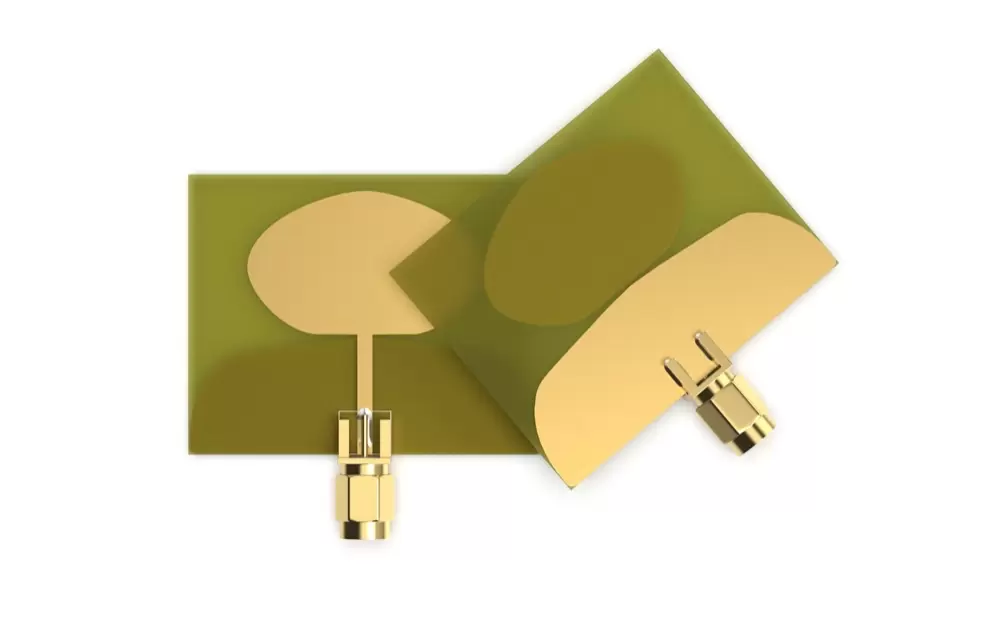The difference between LoRa and LoRaWAN
Jun . 2021
LoRa and LoRaWAN are the two hottest wireless communication technologies in the Internet of Things. Many people in the field of IoT may have difficult to distinguish between them. Today, NiceRF’s wireless engineers make a comparison to help engineers who have just entered this field to distinguish the differences morequickly.

What is LoRa technology?
LoRa's full nameis Long Range (Long Distance),which is a low-power, long-range LAN wireless standard ,is a kind of wireless modulation method developed by Semtech. Its biggest feature is that it can travel farther than other wireless methods(GFSK, FSK, etc.) under the same power consumption, which overcome the problem of low power consumption and long-distance coexistence. Under the same parameters, LoRa 's transmission distance is 3 to 5 times that of traditional ASK technology.
What is LoraWAN technology?
LoRaWAN is an openstandard ,which defines the communication protocol for LPWAN technology based on LoRa chips and Media Access Control(MAC) at the data link layer. This standard is maintained by the LoRa Alliance.
What is the difference between LoRa and LoRaWAN?
LoRaWAN has been clearly stated in the above that it is an standard,which refers to a set of rules and procedures. Any node that complies with the LoRaWAN standard of LoRaWAN needs to communicate in accordance with LoRaWAN requirements. And LoRa is a modulation method, LoRaWAN is an application built according to the LoRa modulation method. In simple terms, the LoRaWAN module uses the normal LoRa module, and then sets parameters or sends and receives signals according to certain rules.
In general, the LoRa node module cannot communicate with the LoRaWAN node module, even if all the parameters of the two modules are the same.
LoRaWAN network architecture
1. Node module:data collection or execution;
2. Gateway module:The gateway module is divided into two types. The first one is only responsible for the transfer of data. It is similar to the express transfer station. It is not responsible for the unpacking work during the transportation process. The gateway does not know what the goods are in the courier bag (The NiceRF’s LG1301-The PF LoRaWAN gateway falls into this category; the second is that data can be processed inside the gateway. In fact, the second module internally implementsa small LoRaWAN server software function, which is responsible for managing node modules and data parsing output, input encryption, etc. (our LG1301-SE belongs to this kind of gateway module)。
3. Server: Responsible for the node module to collect data processing, save, display and other work. The principle of the above second gateway module is also designed according to theserver.
LoRaWAN type and application
The LoRaWAN node moduleworks in three main ways: Class A, Class B, and Class C.
Class A: Class A belongs to asynchronous communication. Asynchronous means that when one node completes transmission, another node will start to initiate transmission to avoid data collision. Moreover, Class A modules only transmit when they areneeded, and most of them are dormant, so Class A node modules are mainly used in low-power applications.
Class B: Class Bis based on Class A and adds time synchronization, which makes its functionvery complicated. If you are interested in learning about Class B, you can goonline to check the relevant information.。
Class C: Class Cis in the receiving state except for the need to send data, which means that Class C will be very high in terms of power consumption. (Because it requires a lot of power to keep the node always in receiving state) The LN610 module belongs to the C-class node module.
LoRaWAN working mode
LoRaWAN is a staror star-to-star topology. Nodes can only send data to the gateway. Nodes and nodes cannot communicate with each other. Communication between the gateway and the gateway is also impossible.

So what are the advantages of LoRaWAN?
Multiple node modules correspond to one gateway for communication and reception. The gateway has 8 converged channels, each channel corresponding to one frequency, each channel can receive all SFs (spreading factor); the transmission interval is random, and each packet of data is used. Random channels can greatly reduce the possibility of data collision; different SFs will not interfere with each other, and ADR technology (automatic rate adjustment) can be realized by using this.
The above are some of the knowledge about the technical differences between LoRa and LoRaWAN. If you want to know more, feel free to do technical exchanges.
 +86-755-23080616
+86-755-23080616
 sales@nicerf.com
sales@nicerf.com
Website: https://www.nicerf.com/
Address: 309-315, 3/F, Bldg A, Hongdu business building, Zone 43, Baoan Dist, Shenzhen, China


 English
English







